Sigma 10-18mm f2.8 DC DN Contemporary Review:
If you’re an L mount user, and you’re looking for an ultra wide angle zoom, the Sigma 10-18mm f2.8 DC DN Contemporary lens has just been announced today. It’s ultra compact, and on paper, it looks to be feature packed. Since it is an APS-C lens, it equates to a 15-27mm equivalent, which is also a really nice focal length range. Thanks to Sigma, I was able to get a pre-launch example to test. Here’s my full review of it.
Thanks for taking the time to read my review! If it helped, please consider purchasing from any of the links mentioned in this post, which in turn, helps support this site. I get a small commission but it will not cost you anything extra. Thank you!
Sigma 10-18mm f2.8 DC DN Contemporary Build Quality:
Let’s start off discussing build quality. Like other Sigma lenses, the barrel of the lens is made from a combination of polycarbonate, and metal resulting in something that feels very solid and robust. Moving on to some of the features, the zoom ring feels very nice as you rotate it. There’s a slight resistance, giving it a better feel. The focus ring is also smooth in operation. For those who rough it a bit when they’re out shooting, there’s also a high-precision, durable brass bayonet mount with a dust and splash-resistant structure. Basically, if you’ve used Sigma lenses before, nothing here should come as a surprise. The 10-18mm f2.8 feels very similar to other Sigma lenses, which is a good thing. The quality is definitely here. Let’s now talk about two features that I feel are especially important about this lens: size and weight.

↑ The Panasonic S5 with the new 10-18mm f2.8 DC DN Contemporary.
According to Sigma, the 10-18mm f2.8 DC DN Contemporary is the world’s smallest, and lightest ultra-wide angle zoom lens for APS-C cameras, as of this writing. When I’m using something like a wide angle zoom, things that come to my mind are travel, street photography, and landscape, just to name a few. These are all subjects in photography where you want your gear to be something that is easy to manage, and carry around because chances are, you’re going to be doing a lot of walking or you might be out shooting for the majority of the day. No one wants to carry bulky, and heavy items for an extended time. As you can see in the photos, the 10-18mm f2.8 has got you covered. It is tiny, and weight wise, it is perfect as an APS-C lens. The L mount version measures just 72.2mm × 62.0mm/φ2.8in. × 2.4in. with the weight being just 260g/9.2oz. This all results in a lens that is literally designed for outdoor activities or situations where a reduction in weight, and size are super important.
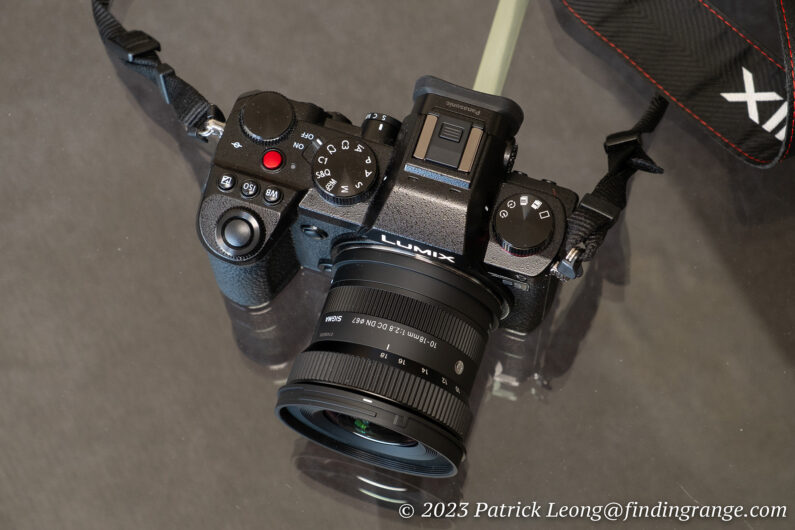
↑ Top view of the lens.
I was carrying this lens, and walking around New York City with it, and even after using it for quite a while, I was still, quite frankly, a bit shocked at how compact this lens is considering the focal length range I was getting along with its fixed f2.8 maximum aperture. In my opinion, you can’t get any better when it comes to size and weight. The design here is really on point, and you can clearly tell that Sigma has been listening to customers, especially many L mount users who’ve always wanted more compact options in the L Mount Alliance. The one here is the L mount version but this lens is also available for Fuji X mount, and Sony E mount. In terms of balance, and just overall synergy with those systems, I feel the 10-18mm is perfect for them as well.
What is also really nice, and a point worth mentioning is that Sigma makes the 18-50mm f2.8 DC DN Contemporary, which is currently the smallest and lightest in its class. The 10-18mm would make a great companion to the 18-50mm. Together, you not only have a light weight pair of lenses but two that will cover a lot of range. If you want more info, I’ve reviewed both the L mount and X mount versions.
Lastly, the 10-18mm comes with a lens hood but the design is new. Unlike a bayonet design we might typically see, the 10-18mm has a newly developed push-on petal type hood. This push-on type lens hood is attached onto the lens using a spring and lever system, which helps reduce the size, and thickness of the hood making it even more of a match with the compact nature of the lens.
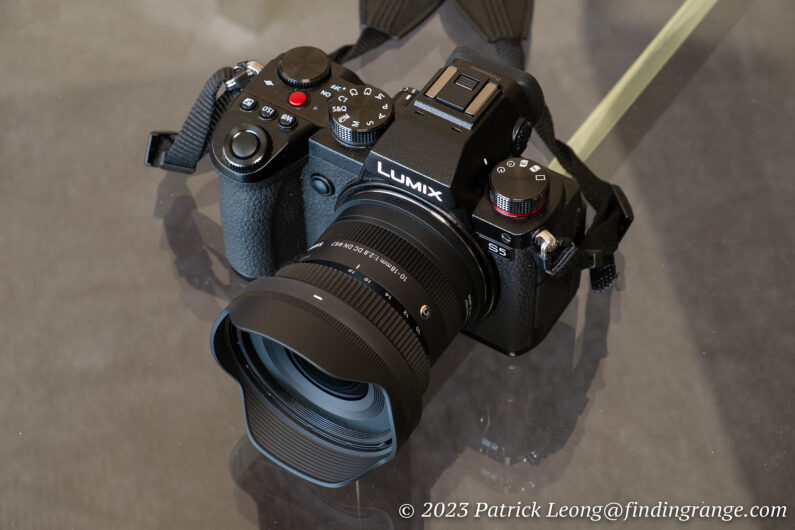
↑ The Sigma 10-18mm f2.8 does come with a lens hood.

↑ Here’s a top view.
Sigma 10-18mm f2.8 DC DN Contemporary Autofocus:
As for the autofocus, the 10-18mm f2.8 DC DN Contemporary completely drama free. The 10-18mm uses a stepping motor that results in silent, and ultra fast autofocus. In other words, focusing on any subject feels instantaneous, and it is also very accurate. I didn’t run into any issues while I was using the lens. Focus breathing is also kept at a minimum.
Furthermore, the minimum focusing distance is just 11.6cm with a maximum magnification ratio of 1:4. This means one can create some unique images given that one can focus so closely with an ultra wide angle lens.
Sigma 10-18mm f2.8 DC DN Contemporary Image Quality:
As I mentioned earlier, the 10-18mm f2.8 DC DN Contemporary, and the 18-50mm f2.8 compliment each other well because of their focal lengths, size, weight, and the fact that they both have the same fixed maximum aperture. Another way they compliment each other is they both produce great images. When I reviewed the 18-50mm, I was thoroughly impressed by the results. I am equally as impressed by what I see coming from the 10-18mm.
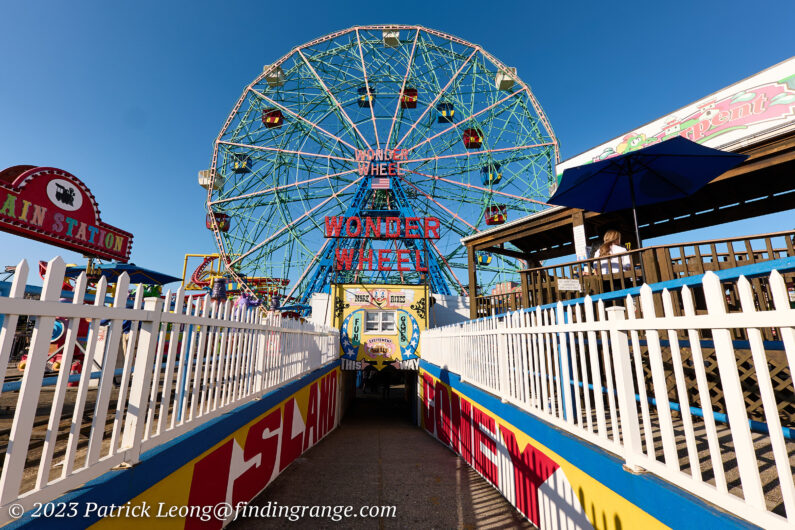
↑ Here’s a shot of the Wonder Wheel in Coney Island taken with the 10mm focal length. The settings were f8 and 100 ISO.

↑ Taken with the 13mm focal length using 400 ISO and f8.
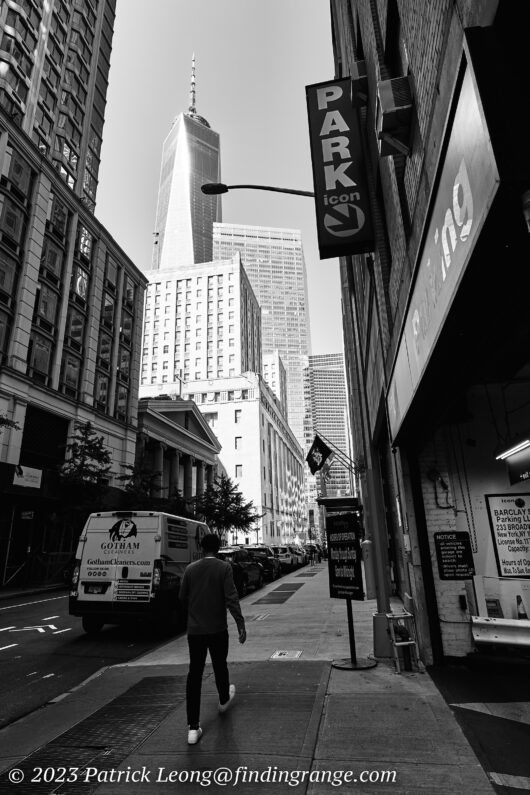
↑ This was taken using the 13mm focal length with f8 and 320 ISO.

↑ Here’s one taken with the 10mm focal length using f8 and 640 ISO.
For one, the 10-18mm f2.8 DC DN Contemporary is sharp as a tack. At f2.8, this lens is pinpoint sharp in the center with even detail in the edges holding up quite well. As you stop down just a bit, sharpness improves with f5.6 to f8 being areas where I feel one would achieve optimal sharpness. But truthfully, I wouldn’t even nitpick too much about aperture; I was testing this lens throughout the range, and was completely content with the results I was getting. No matter what aperture I was really using, I was getting what I felt was outstanding results. Everything looks so crisp, and clean in the photos, which I love. You can see all the little details, even small tiny print on a newspaper stand or street signs.

↑ This was taken with f2.8. The 18mm focal length was used along with 500 ISO.

↑ Here’s a 100% crop of the photo above. Notice how clear the words are on the menu.
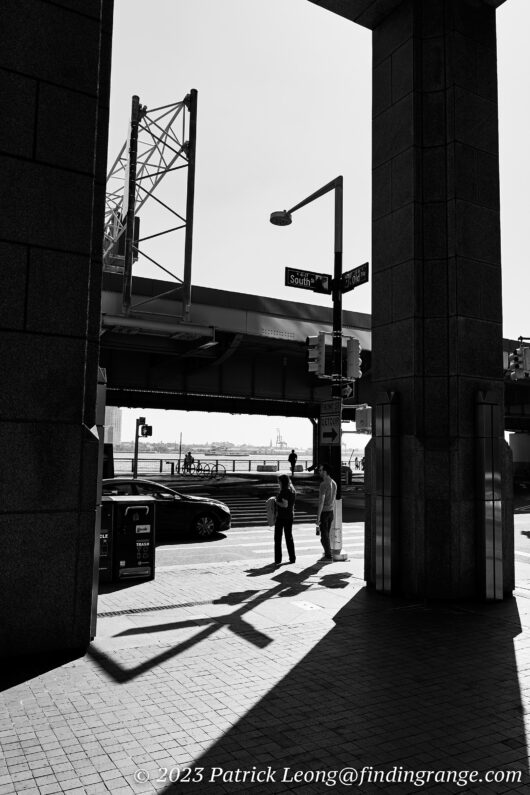
↑ In this photo, I used the 18mm focal length along with f5.6 and 100 ISO.
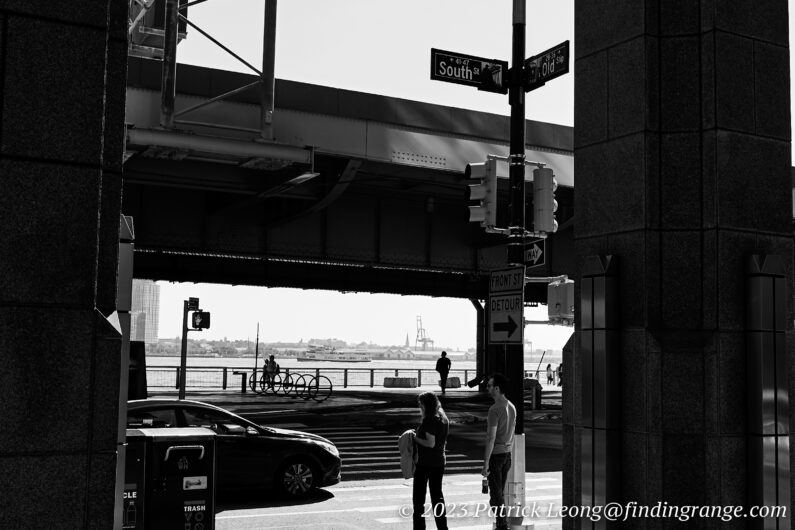
↑ Here’s a 100% crop of the photo above. Notice the sharpness of the street sign, and the trash.
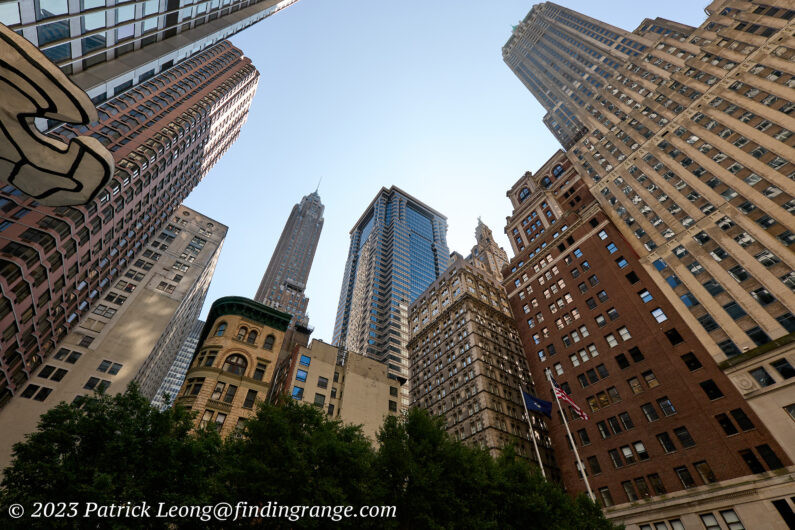
↑ This photo was taken with the 10mm focal length. The settings were 100 ISO and f8.
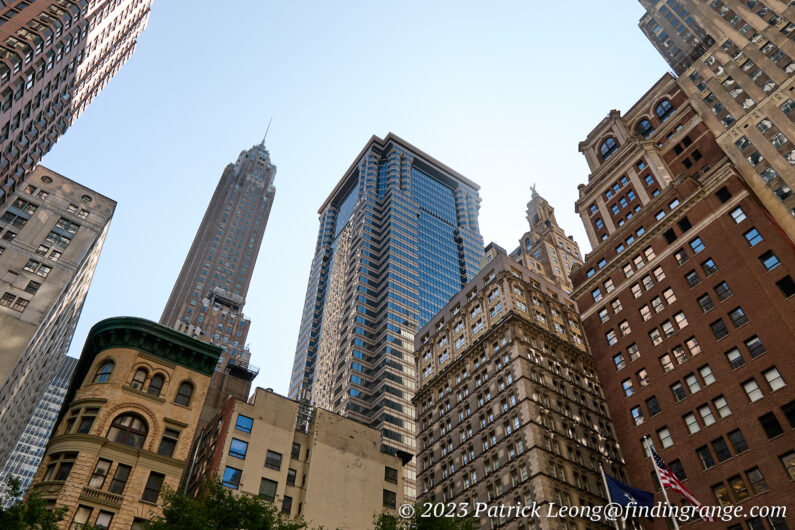
↑ Here’s a 100% crop of the photo above.
Sharpness, of course, is not everything, so I am happy to say that the 10-18mm f2.8 DC DN Contemporary excels in other areas as well. Flare is very well-controlled, for instance. This lens also does a good job with controlling vignetting. There is a bit at wide open aperture but stopping down just one stop reduces it significantly. In other words, vignetting really isn’t a huge deal here. Color and contrast are also excellent. Overall, the 10-18mm is a top performing lens that, in my opinion, doesn’t have really any major faults.

↑ Here’s another photo from Coney Island. The settings were f8 and 100 ISO using the 10mm focal length.
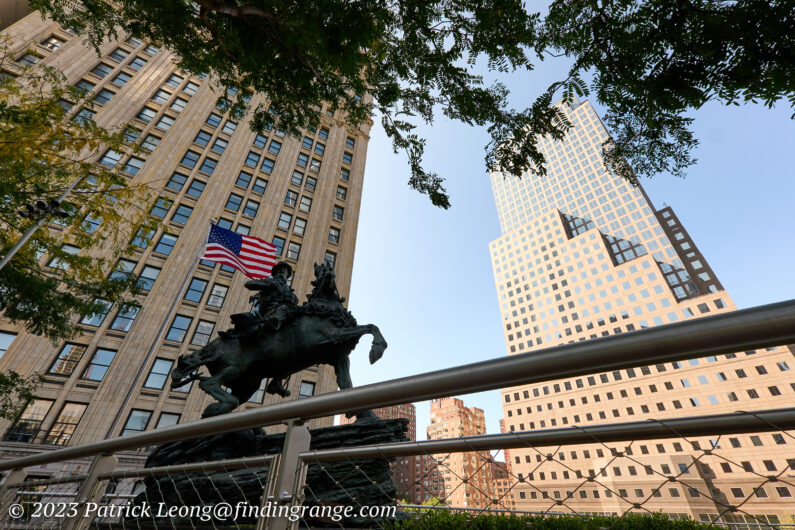
↑ In this photo, I used 10mm along with f11, and 320 ISO.

↑ Here’s a photo taken with the 10mm focal length. I used f8 and 125 ISO.
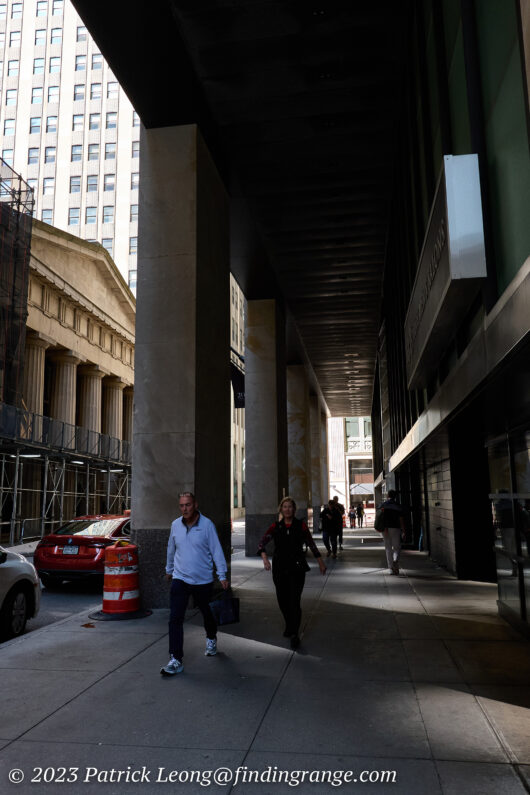
↑ I used 18mm here along with f8 and 800 ISO.
Sigma 10-18mm f2.8 DC DN Contemporary Bokeh:
You probably aren’t after ultra isolation from a shallow depth of field when shooting with an ultra wide angle zoom lens but when you are able to get a thin enough depth of field, you are presented with a very buttery smooth bokeh. This is possible too given that you are able to shoot very closely with this lens, as I mentioned before.

↑ This was taken using the 14mm focal length. The settings were f2.8 and 100 ISO.

↑ This was taken with the 18mm focal length. The settings were 12,800 ISO and f2.8.
Pros And Cons:
Pros:
- Solid, well-built lens.
- Ultra compact and light: perfect travel companion.
- Mount has dust and splash-resistant structure.
- Fast, accurate, and silent autofocus.
- Superb image quality.
- Fixed and fast maximum aperture.
- Decent price.
- Perfect match with the Sigma 18-50mm f2.8 DC DN Contemporary.
Cons:
- For some, lack of image stabilization but even this feels like I’m stretching it. IS really isn’t needed here.
Sigma 10-18mm f2.8 DC DN Contemporary Verdict:
The 10-18mm f2.8 DC DN Contemporary is a fantastic addition to the Sigma line of L mount lenses. I feel Sigma really hit the bullseye here. The build is what you would expect from a big name manufacturer, and the range is perfect for anyone looking for an ultra wide angle zoom. At the same time, it is so compact, and light yet it still has a fixed maximum aperture of f2.8. The autofocus is lightning quick, and best of all, the image quality is very impressive.
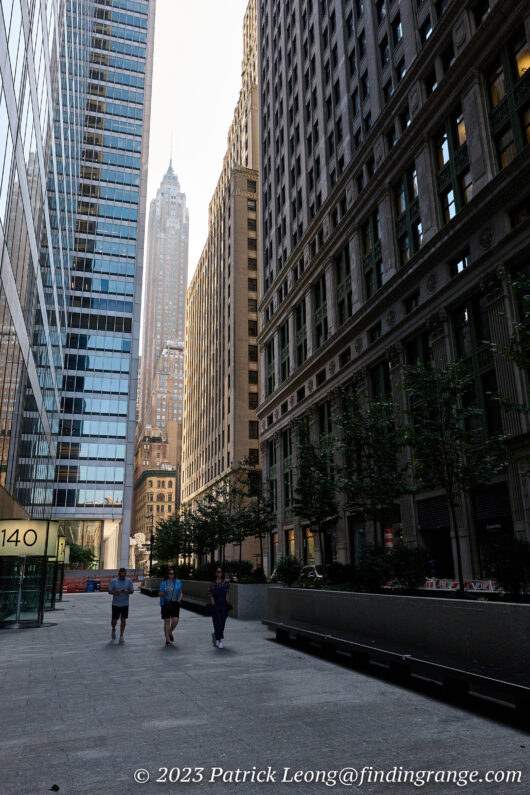
↑ Here’s a shot taken with the 18mm focal length. The settings were f8 and 500 ISO.
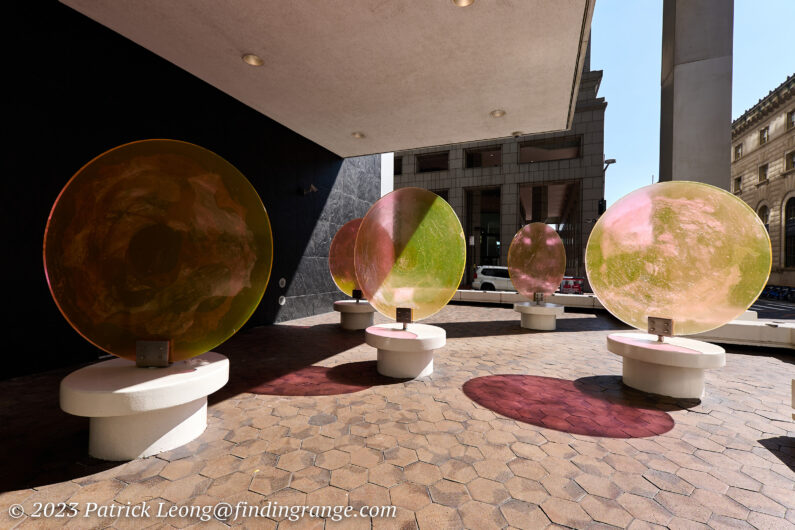
↑ This photo was taken with f5.6 and 100 ISO. The focal length was 10mm.
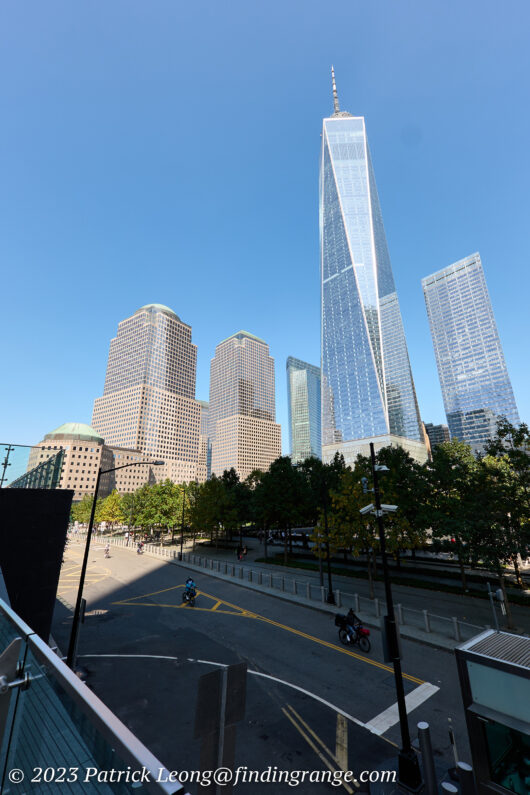
↑ This is was taken with the 10mm focal length. The settings were f8 and 200 ISO.
The only thing that I can think of that might be a small issue for some is it’s APS-C lens, and there are no current APS-C L mount cameras. But this shouldn’t really be a huge issue for several reasons. For one, the lens is fantastic regardless of whether it’s a full frame or not. Cameras these days also have plenty of megapixels, so the crop factor should’t be a problem. Furthermore, it’s great to have such a high performing lens that is so downright handy. This is something you can take anywhere with you or just leave in your bag for those “just in case” moments. Lastly, the price, to me, is just right: currently, the list on it is just $599.
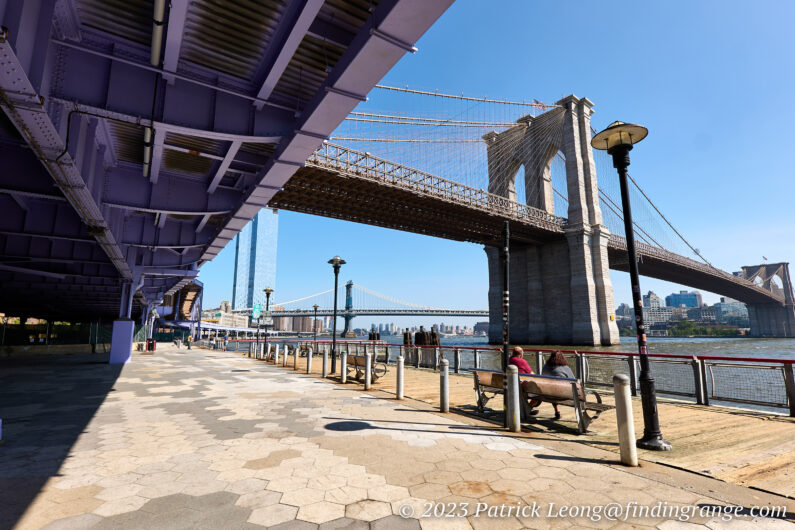
↑ This was taken with the 12mm focal length. The settings were f9 and 100 ISO.
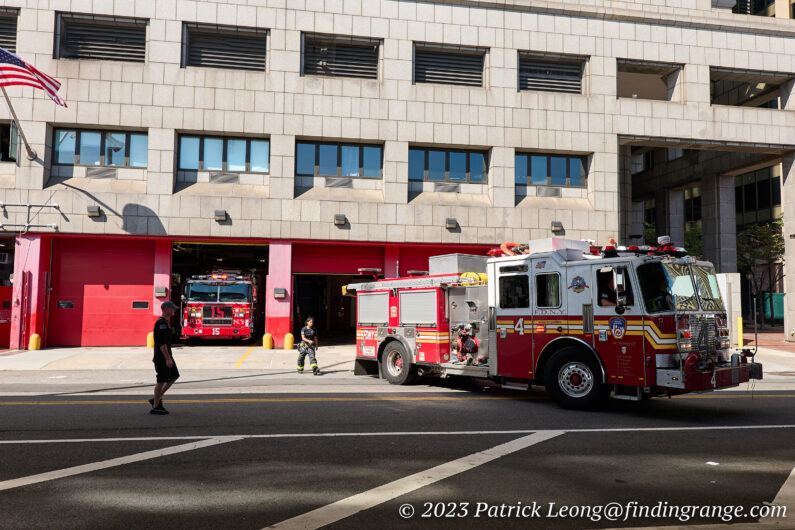
↑ This was taken with f5.6, and 100 ISO using 18mm.

↑ Here’s a shot taken with f11 and 125 ISO using the 10mm focal length.

↑ Here’s one last photo of the Sigma 10-18mm f2.8 DC DN Contemporary.
So, I definitely recommend the Sigma 10-18mm f2.8 DC DN Contemporary. It’s great to see it in the L mount Alliance, and I would imagine it will make many photographers very happy.
Thanks for taking the time to read my review! If it helped, please consider purchasing from any of the links mentioned in this post, which in turn, helps support this site. I get a small commission but it will not cost you anything extra. Thank you!
10-18mm f2.8 DC DN Contemporary at B&H Photo


Informative review. I am still using the TL 18–56 lens (and the TL 55–135). I used this lens for a couple of years on an SL2. Currently I’m using this TL lens on the Panasonic S5II while waiting on the anticipated SL3. I mention this only because using an APSC lens on a 24MP body will produce a nearly 11MP image, more than enough to make prints 16×20 (and larger depending on print resolution).
Hi Gary!
As always, thanks for taking the time to read my review!
You’re right, that is plenty in terms of megapixels :). You also get the benefit of a smaller lens. Thanks for stopping by!
Best,
Patrick
Hello, thank you very much for all your reviews, I find them fascinating. Congratulations on your great work.
I am also a fan of the leica cl, I bought it after reading your articles with some lenses like the 55-135, 18 and finally the 35-1.4. I also have the 56-1.4 sigma. Although I have been hesitating, initially with the 18-56, then came the sigma 18-50. I was thinking about 11-23, but now I legate the sigma 10-20. I love the design and construction obviously of leica, and definitely the image quality and that three-dimensionality that is obviously subjective, but that you have also been able to appreciate from what I have read.
Sorry for the long question, but finally, you would recommend me in those two focal ranges between leica and sigma, regarding usability in cl and sl2. Thank you again. A hug, God bless you.
Hi Antonio!
Thanks so much for taking the time to read my reviews! It is much appreciated!
I think if I had to choose between the Sigma 10-18mm and the Leica 11-23mm, I would probably go with the Sigma. It’s considerably cheaper, and I can buy it as new. Plus, have a constant maximum aperture of f2.8 is quite helpful. Normally, I wouldn’t care too much if the aperture was smaller or variable on a wide angle, since I normally stop my aperture down with a wide angle anyway. However, in the case of the Sigma, there are really no negatives to having a larger, constant maximum aperture. As you can see in the photos, the zoom is very compact! Image quality is also excellent.
I hope this helps! Let me know if you have any other questions. Thanks for stopping by!
Best,
Patrick
Hello: Patrick
Another great review. I now have the Sigma 18-50 that is glued on my X Pro 3.
It looks like the 10-18 is a great companion to the 18-50. How Sigma needs a short telephoto to complete the kit
Again. Love you reviews.
John Farr
Hi John!
I hope you’re doing well and thanks a lot! I actually have the Fuji version in hand right now, and will be posting the review shortly :). The new 10-18mm makes a fantastic companion to the 18-50mm. Appreciate you stopping by,and have a nice week!
Best,
Patrick
Hello Patrick, did you shoot this images in jpeg? Do you have any sample of how it looks if shot in raw (the vignette, I mean)?
Thanks for the review.
I use a S5II and a S1 both for photo and video
Hi Rafa!
All these images were RAW files I converted into jpeg to post here :). Vignetting was not adjusted. Let me know if this helps or if you are looking for something else. The Panny cameras are great. I’m a huge fan :).
Best,
Patrick
Hello Patrick, thank you very much for taking the time to help me. I’m going to follow your advice to go for the sigma 1018, I think I’ll keep the tl35 1.4, probably sell the tl55-135, and then buy the sigma 70-200 2.8 when it’s available. Do you think this is a good idea?. Thank you as always, God bless you
Hi Antonio,
I’m happy to help in any way I can, and thanks again, for taking the time to read my reviews! Sigma makes some really nice stuff for L mount. I’ve tried nearly all of it, and I haven’t found a bad apple yet :). Thanks for stopping by and have a great week!
Best,
Patrick